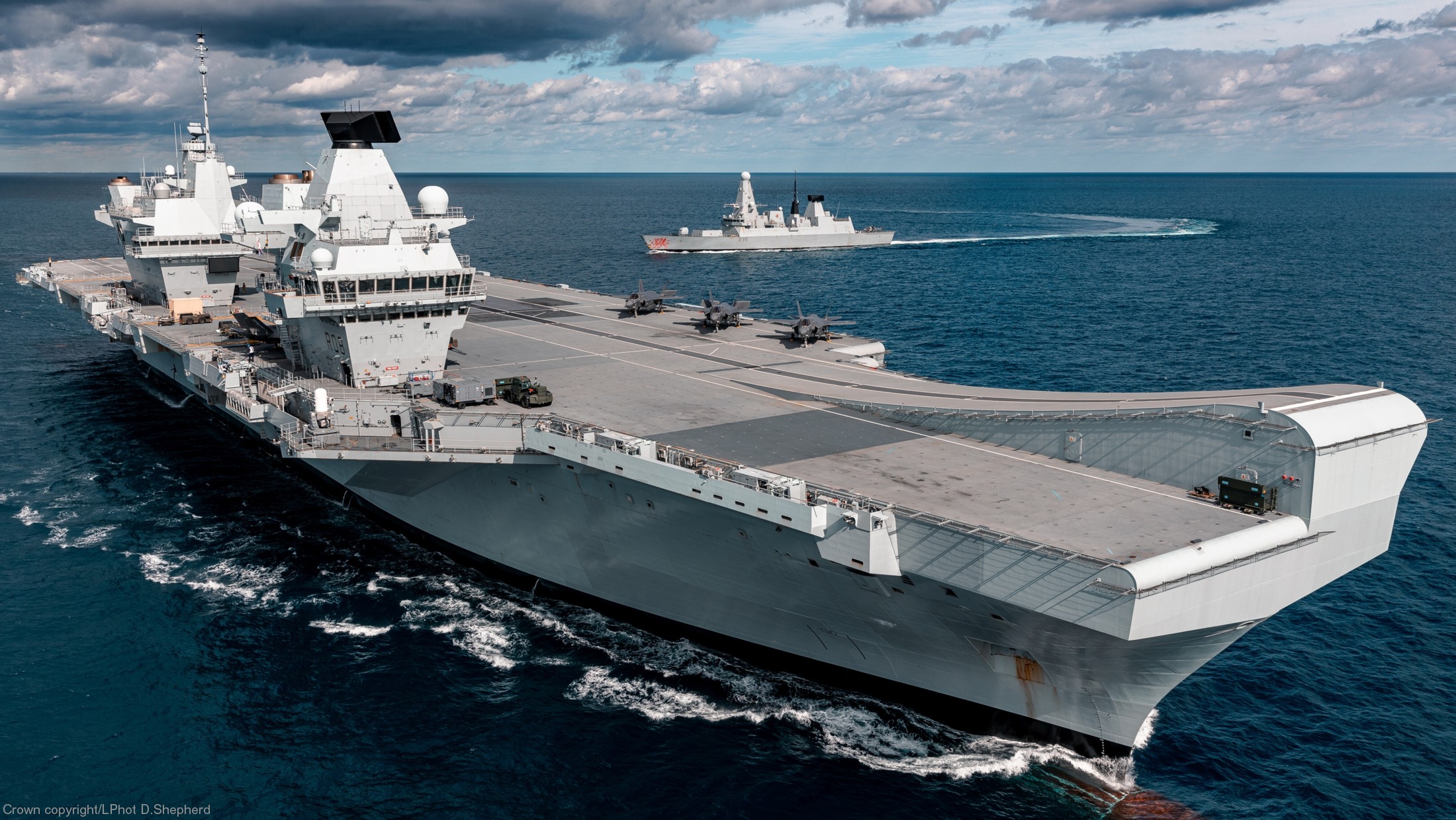Kitty Hawk Class Carrier Overview

Introduction to Kitty Hawk Class Carriers

The Kitty Hawk class carriers are a series of supercarriers that were operated by the United States Navy. These carriers were a significant improvement over their predecessors, offering enhanced capabilities and versatility. The Kitty Hawk class was composed of three ships: USS Kitty Hawk (CV-63), USS Constellation (CV-64), and USS America (CV-66). Each of these carriers played a crucial role in the naval history of the United States, participating in various military operations and humanitarian missions around the world.
Design and Construction

The Kitty Hawk class carriers were designed to be more efficient and effective than their predecessors. They featured a modified flush deck design, which provided more space for aircraft operations and improved the overall layout of the ship. The carriers were also equipped with advanced radar systems and electronic countermeasures, making them more capable of defending themselves against enemy attacks. The construction of the Kitty Hawk class carriers began in the early 1960s, with the USS Kitty Hawk being commissioned in 1961.
Operational History
The Kitty Hawk class carriers had a long and distinguished operational history. They participated in numerous military operations, including the Vietnam War and the Gulf War. The carriers also played a significant role in humanitarian missions, providing aid and support to affected areas around the world. The USS Kitty Hawk, for example, was involved in Operation Desert Storm in 1991, while the USS Constellation participated in Operation Enduring Freedom in 2001.
Aircraft Capabilities

The Kitty Hawk class carriers were designed to operate a wide range of aircraft, including fighter jets, attack aircraft, and helicopters. The carriers were equipped with advanced catapult systems, which allowed them to launch heavy aircraft quickly and efficiently. The Kitty Hawk class carriers could operate up to 80 aircraft at a time, making them highly versatile and effective.
Crew and Accommodations

The Kitty Hawk class carriers had a crew of over 5,000 personnel, including officers, enlisted personnel, and civilians. The carriers were equipped with modern amenities, including air conditioning, medical facilities, and recreational areas. The crew had access to advanced training facilities, which allowed them to stay up-to-date with the latest technologies and tactics.
Decommissioning and Legacy

The Kitty Hawk class carriers were decommissioned in the early 2000s, with the USS Kitty Hawk being the last to be retired in 2009. Despite being decommissioned, the Kitty Hawk class carriers left a lasting legacy in the naval history of the United States. They played a significant role in shaping the country’s naval strategy and paved the way for the development of newer, more advanced carriers.
💡 Note: The Kitty Hawk class carriers were an important part of the United States Navy's fleet for over four decades, and their legacy continues to be felt today.
Comparison with Other Carriers

The Kitty Hawk class carriers can be compared to other carriers of their time, such as the Forrestal class and the Nimitz class. While the Kitty Hawk class carriers were highly advanced for their time, they were eventually surpassed by newer, more capable carriers. The following table compares the Kitty Hawk class carriers with other notable carriers:
| Carrier Class | Length | Beam | Draft | Displacement |
|---|---|---|---|---|
| Kitty Hawk class | 1,046 feet | 129 feet | 32 feet | 81,000 tons |
| Forrestal class | 1,046 feet | 129 feet | 32 feet | 76,000 tons |
| Nimitz class | 1,092 feet | 257 feet | 34 feet | 100,000 tons |

Key Features and Capabilities

The Kitty Hawk class carriers had several key features and capabilities that made them highly effective. Some of these features include: * Advanced radar systems * Electronic countermeasures * Modified flush deck design * Advanced catapult systems * Highly versatile aircraft capabilities
In summary, the Kitty Hawk class carriers were a significant improvement over their predecessors, offering enhanced capabilities and versatility. They played a crucial role in the naval history of the United States, participating in various military operations and humanitarian missions around the world.
What was the primary role of the Kitty Hawk class carriers?

+
The primary role of the Kitty Hawk class carriers was to provide air power and support to naval and land-based operations.
How many aircraft could the Kitty Hawk class carriers operate?

+
The Kitty Hawk class carriers could operate up to 80 aircraft at a time.
What was the length of the Kitty Hawk class carriers?

+
The Kitty Hawk class carriers were approximately 1,046 feet in length.
The Kitty Hawk class carriers were an important part of the United States Navy’s fleet for over four decades, and their legacy continues to be felt today. They played a significant role in shaping the country’s naval strategy and paved the way for the development of newer, more advanced carriers. The Kitty Hawk class carriers will always be remembered as a crucial part of the United States’ naval history, and their impact will continue to be felt for generations to come.



